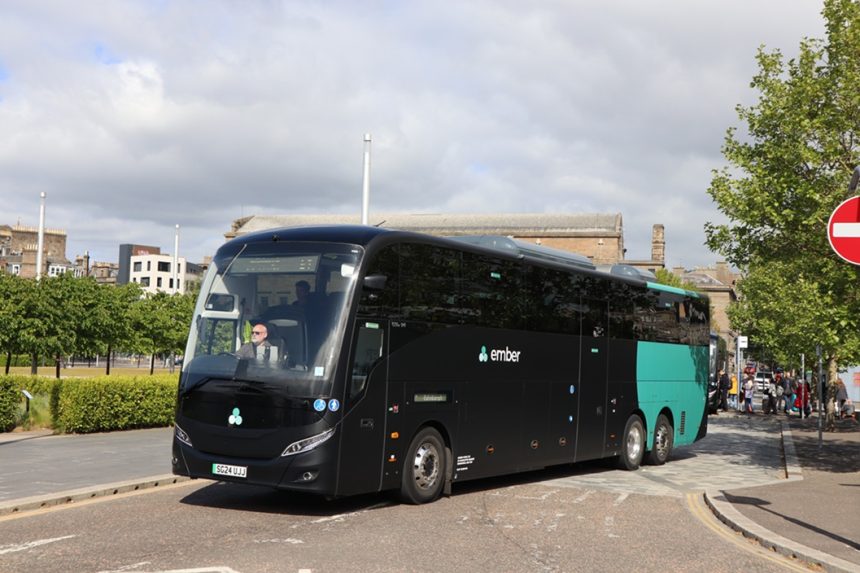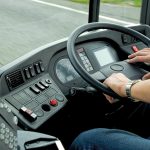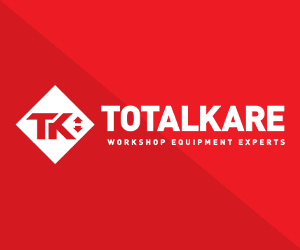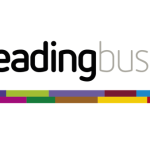The latest market data showing that the UK coach, bus and minibus market grew for the eighth successive quarter is encouraging for the country’s decarbonisation agenda, particularly as there was a close to 130% rise in demand for zero-emission buses in Q1 compared to the same period in 2024.
The fact that demand for coaches, buses and minibuses in Q1 2025 was at its highest since 2008, just before the financial crisis reached its peak, is particularly notable and suggests that fleet operators’ willingness to invest is finally recovering from the shock of the pandemic.
Single- and double-deck buses represented the vast majority of zero-emission rollout in Q1 of this year. They now account for nearly a third of the overall market at 29.2%. This figure means that the UK is sustaining its lead as Europe’s largest market for new zero-emission buses by volume.
This is a significant achievement for operators, but part of the credit also goes to major bus manufacturers, whose innovation has brought nearly 20 different models, as well as to government support, now in the form of funding from Zero Emission Bus Regional Areas and Scottish Zero Emission Bus grant schemes.
While it is important sometimes for those involved in a long-term mission such as the transition to decarbonised transport to pat ourselves on the back when positive data such as this emerges, we must also recognise that there are still many challenges ahead.
RHA’s first net-zero report, recently published, highlights many of the barriers faced by operators. While its survey focused primarily on commercial vehicle operators, representatives of the coach industry were also included. They share similar challenges.
It was discouraging, but unsurprising, to learn from RHA’s survey that 75% of coach operators currently have no plans to add zero-emission vehicles to their fleets.
While some of the UK’s largest operators have established decarbonisation objectives, smaller and rural businesses in particular need more help to make the switch. With tight margins, often lower ridership and longer routes, it is tougher to make the business case for them to adopt zero-emission vehicles.
An end date for the sale of new non-zero-emission coaches would certainly help to provide clarity and focus, but much more needs to be done to support coach operators in their transition.
RHA highlights the need for financial mechanisms and accelerated investment in charging infrastructure, particularly profiled to coach operations. It also calls for government to enhance opportunities for fleets to access interim lower carbon solutions in the form of renewable fuels such as HVO.
I do not see any reasons to argue with any of the broader finding and prescriptions identified by RHA.
Indeed, Zemo Partnership has been talking to the Association and many of our other members and close stakeholders to inform our final Map of Missing Policies report for decarbonising UK road transport, of which the coach and bus sector is an important part.
By the time this article is read, Zemo’s report will be published. While much progress has been made so far, there are many hurdles still to tackle. We hope that it will help to draw attention to what still needs to be done to achieve our shared goal of zero-emission transport.



























